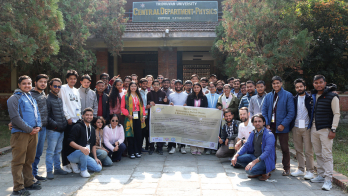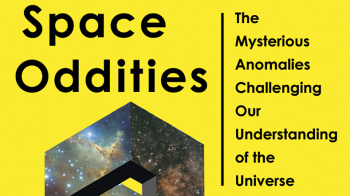In the same room that hosted the first Solvay conference in 1911 at the Hotel Metropôle in Brussels, on 29–30 September the AStro Particle ERAnet (ASPERA) network presented the European strategy for astroparticle physics. As a result of two years of intensive coordination and brainstorming work, the document highlights seven large-scale projects that should shed light on some of the most exciting questions about the universe.
Questions surrounding dark matter, the origin of cosmic rays, violent cosmic processes and the detection of gravitational waves are among those that the “magnificent seven” of ASPERA’s roadmap will address. Specifically, the projects are: CTA, a large array of Cherenkov Telescopes for detection of cosmic high-energy gamma rays; KM3NeT, a cubic-kilometre-scale neutrino telescope in the Mediterranean sea; tonne-scale detectors for dark matter searches; a tonne-scale detector for the determination of the fundamental nature and mass of neutrinos; a megatonne-scale detector for the search for proton decay, neutrino astrophysics and the investigation of neutrino properties; a large array for the detection of charged cosmic rays; and a third-generation underground gravitational antenna.
Each of these large-scale projects may cost several hundred-million euros, and therefore needs to gather funds through large international collaborations that extend beyond Europe. The ASPERA conference gathered about 200 scientists and officials from funding agencies around the world. Representatives from Canada, China, the EU, India, Japan, Russia and the US agreed on the importance of defining a global strategy and coordinating efforts worldwide. In line with this approach, the Astroparticle Physics European Coordination (the initiator of the ASPERA network) is starting negotiation with the OECD Science Global Forum.
The EU will nevertheless remain a major actor, having funded ASPERA and will fund the follow-up, ASPERA2. It also supports the European Strategy Forum on Research Infrastructures (ESFRI). The ESFRI committee released a first road map in 2006 and is expected to release an updated road map at the end of 2008, including some of the projects selected by ASPERA.





